Master advanced problem-solving and reasoning to excel in the NSW Selective High School Test
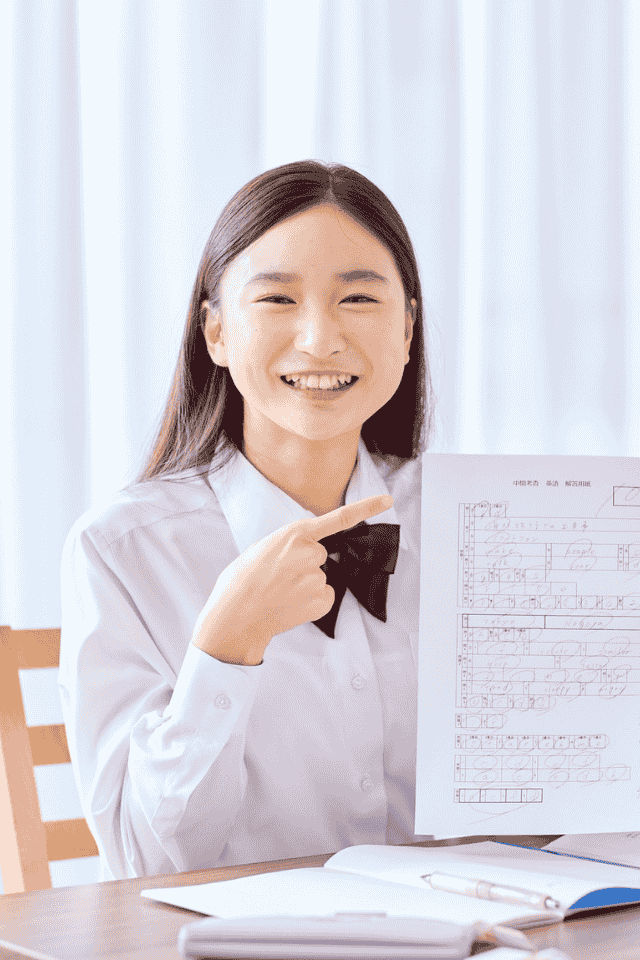
The Selective School Test in NSW, held annually around May, is a highly competitive entrance exam for high-achieving Year 6 students aiming to enter Selective Government High Schools. The test assesses four key areas — Reading, Mathematical Reasoning, Thinking Skills, and Writing — focusing on problem-solving, logic, and critical thinking rather than rote memorisation. It is designed to identify academically gifted students, with selection based on both test performance and school assessment scores. Each year, more than 15,000 students apply for approximately 4,200 selective school places across New South Wales.
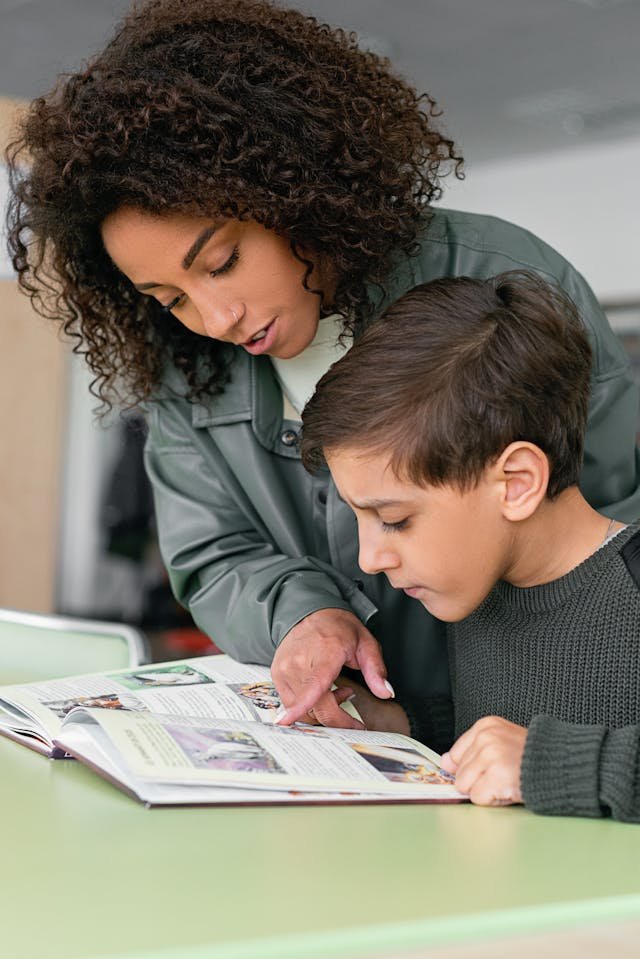
Total Questions: 35 multiple-choice questions
Total Time: 40 minutes
Test Mode: Online – conducted only at authorised external test centres
Topics Assessed:
Whole Number Operations
Number Facts
Fractions, Decimals, and Percentages
Measurement
The Number Plane
Geometry
Chance and Data
Negative Marking: None. Students are encouraged to attempt all questions, even if uncertain.
Calculators, Rulers, or Geometrical Instruments: Not permitted.
Items Allowed: Pencils and erasers only.
Disclaimer:
The details provided above are based on the most recent information available about the Selective School Test. However, test formats, topics, and rules may change at any time at the discretion of the NSW Department of Education. Students and parents are advised to check the official Selective High School Placement Test website for the latest updates.
We begin with a free diagnostic assessment based on the NSW syllabus to identify strengths and weak areas in problem-solving, conceptual understanding, logical reasoning, and applied mathematics.
Practice selective-level questions under timed conditions, tackling multi-step problems to boost accuracy and speed. Review mistakes with explanations and take mock exams to simulate real test pressure.
We focus on mastering NSW syllabus topics and strengthening key areas—number sense, algebra, geometry, and data—using advanced worksheets, test-style problems, and smart reasoning strategies.
We train students to think like top performers—using pattern recognition, smart skipping, and confidence-building through regular practice and feedback.
1. Whole Number Operations
This includes understanding and applying the four basic operations — addition, subtraction, multiplication, and division — with whole numbers.
Students must be able to:
Solve multi-step word problems.
Use mental maths and number properties (like distributive and associative laws).
Recognise number patterns and relationships between operations.
Example:
If 48×25=120, then what is 4.8×250?
2. Number Facts
This section checks how quickly and accurately students recall basic number relationships and facts.
Students should know:
Common multiplication and division facts (times tables up to 12×12).
Square numbers and basic powers of 10.
Prime and composite numbers, factors, and multiples.
Example:
What is the smallest number divisible by both 6 and 8?
3. Fractions, Decimals, and Percentages
Students are tested on how well they understand part-whole relationships and how to compare, convert, and operate with these forms.
They should be able to:
Simplify and compare fractions.
Convert between fractions, decimals, and percentages.
Add, subtract, multiply, and divide simple fractions and decimals.
Apply these skills to real-life problems involving money, measurement, or discounts.
Example:
A shirt costs $80 and is on sale for 25% off. What is the discounted price?
4. Measurement
This area tests understanding of length, area, volume, capacity, mass, and time using metric units.
Students must:
Convert between units (cm ↔ m, g ↔ kg, etc.).
Calculate perimeter, area, and volume of basic shapes.
Apply problem-solving skills in real contexts like speed, distance, and time.
Example:
A rectangular pool measures 25 m by 8 m. What is its perimeter?
5. The Number Plane (Coordinate Geometry)
Students work with points and positions on a Cartesian plane (x–y grid).
They should know how to:
Plot points using ordered pairs (x,y)(x, y)(x,y).
Identify coordinates of points in all quadrants.
Understand symmetry, reflections, and movement along axes.
Example:
If a point moves 3 units up and 2 units right from (–1, 4), what are its new coordinates?
6. Geometry
This topic covers shapes, angles, symmetry, and spatial reasoning.
Students must:
Identify and describe 2D and 3D shapes.
Use properties of triangles, quadrilaterals, and circles.
Understand angles (acute, right, obtuse, reflex) and calculate unknown angles using rules.
Recognise transformations — rotation, reflection, translation.
Example:
If two angles of a triangle are 50° and 70°, what is the third angle?
7. Chance and Data
This section focuses on interpreting information and predicting outcomes.
Students should:
Understand simple probability (likelihood of events).
Interpret data from tables, charts, and graphs.
Identify trends and use averages (mean, median, mode).
Compare probabilities and describe them using fractions or percentages.
Example:
A spinner has 8 equal sections: 3 red, 3 blue, and 2 green. What is the probability of landing on blue?
✅ Key Tip for Students
The test doesn’t just check your knowledge — it checks how you apply maths in unfamiliar problems. Focus on reasoning, logic, and working efficiently under time pressure.
No. There is no Negative Marking for the test
Yes. Because there is no penalty for incorrect answers, students should attempt all questions and make educated guesses if time is limited.
Yes — tutoring can make a significant difference in how well a student performs in the NSW Selective High School Placement Test.
The exam is highly competitive and focuses on advanced reasoning, problem-solving, and critical thinking skills that go beyond the regular school curriculum. Tutoring helps students:
✅ Understand the test format and question styles before exam day
🧮 Build strong maths, reading, and thinking skills through structured practice
⏱️ Develop time-management strategies to handle pressure and complete all questions
💪 Boost confidence and reduce test anxiety through guided support
🎯 Identify weaknesses early and turn them into strengths
While natural ability plays a role, regular guided preparation ensures students are familiar with real test conditions and can perform at their best.
At Aussie Math Tutor NSW, our specialised Selective School Tutoring programs are designed to build the exact skills needed for success — from problem-solving drills to mock tests under timed conditions.
The Selective School Maths Test helps find students who are strong at thinking, reasoning, and solving problems — not just doing calculations.
It gives bright students a chance to:
Get into Selective High Schools with advanced learning programs.
Build strong thinking skills for future studies in maths and science.
Challenge themselves with tricky and creative questions.
Stand out by showing effort, logic, and determination.
In short, this test helps students show their true potential and prepare for future success.
To perform well in the NSW Selective School Maths Test, students should practise with books that build both reasoning and problem-solving skills — not just regular syllabus maths. The best resources combine concept mastery with test-style practice questions.
Here are some recommended books and resources used by top-performing students:
📘 1. NSW Selective School & Scholarship Preparation Books
Excel Selective Schools and Scholarship Tests – Mathematics (Pascal Press)
Test Champs Selective School Practice Tests – Mathematics
Academic Associates Selective School Practice Papers
James An College Selective Trial Papers
Mathematical Reasoning for higher achieving students by Ian Bull
Mathematical Reasoning by Mohan Dhall
Start with concept-building books first, then move to timed Selective-style mock exams to strengthen accuracy and speed.
Not taking the Selective School Test doesn’t mean a student will miss out on quality education — but it can mean missing certain opportunities that Selective High Schools uniquely provide.
Here’s what students might lose by not attempting the exam:
Access to Advanced Learning Environments
Selective schools offer accelerated and enriched programs that challenge high-performing students. Missing the test means losing a chance to study among peers who are similarly motivated and academically driven.
Exposure to Competitive, Growth-Oriented Atmospheres
These schools nurture academic discipline, independence, and excellence — qualities that often boost confidence and long-term performance.
Scholarship-Like Benefits
Since selective schools are part of the public education system, students can access high-quality education without private school fees, saving families thousands of dollars while still getting elite academic opportunities.
Early Recognition of Potential
The test serves as a benchmark for gifted learning. Even attempting it helps students understand where they stand among high-achieving peers and what areas they can improve in.
Pathway to Future Academic Success
Students from selective schools often gain an early edge in HSC, university entry, and STEM careers due to the school’s rigorous programs and strong academic culture.
In summary: skipping the Selective School Test means missing a valuable opportunity for academic growth, challenge, and recognition — not a loss of education, but a missed chance to reach one’s full potential early.
The NSW Selective High School Placement Test is designed to identify students with strong academic potential who are best suited for an advanced and challenging learning environment.
The selection for entry into selective high schools is determined solely on academic merit, with test results playing a key role in the admission process—independent of school grades or teacher recommendations.
Students no longer receive a numerical score or rank. Instead, their performance is reported in broad categories:
Top 10% of candidates
Next 15% of candidates
Next 25% of candidates
Lowest 50% of candidates
This approach protects student privacy and reduces unnecessary competition while helping identify students ready for selective learning.
No — the NSW Selective High School Placement Test and the ACER Scholarship Test are two different exams.
The NSW Department of Education runs the Selective Test for entry into public selective high schools (such as James Ruse, Baulkham Hills, and Sydney Boys/Girls High). It focuses on mathematical reasoning, reading, and thinking skills, and is usually held in March each year.
The ACER Scholarship Test, on the other hand, is conducted by the Australian Council for Educational Research (ACER) for entry into private or independent schools that offer academic scholarships. It includes tests in mathematical reasoning, reading comprehension, written expression, and abstract reasoning, and is typically held in May each year.
In short:
The Selective Test is for public school admission.
The ACER Test is for private school scholarships.
Not exactly. While both Selective Schools and Private Schools in NSW are known for strong academic results, they differ in entry process, cost, and focus.
🏫 Selective High Schools (Public)
Admission is based purely on academic merit through the NSW Selective High School Placement Test.
Funded by the NSW Government — no tuition fees.
Focuses on academic excellence, problem-solving, and high-order reasoning.
Examples: James Ruse Agricultural, Baulkham Hills, Sydney Boys/Girls High.
🏛️ Private & Independent Schools
Admission is based on school reports, interviews, or scholarship exams such as the ACER Scholarship Test.
Funded by tuition fees (typically $15,000–$40,000+ per year).
Offers a holistic education, emphasising academics, co-curricular activities, and leadership development.
Examples: The King’s School, Abbotsleigh, PLC Sydney, Knox Grammar.
NSW has a network of Selective High Schools designed for students with high academic ability. These schools offer advanced learning environments that challenge and extend students through enriched programs and higher-level problem-solving.
There are currently:
17 Fully Selective High Schools (admit only selective students)
25 Partially Selective High Schools (combine local and selective classes)
4 Agricultural Selective High Schools (offer boarding/day options)
1 Virtual Selective School – Aurora College, providing online selective education for rural and remote students
These schools are publicly funded and entry is based purely on performance in the NSW Selective High School Placement Test.
🏫 List of Selective High Schools in NSW:
🎯 Fully Selective High Schools
Baulkham Hills High School
Caringbah High School
Fort Street High School
Girraween High School
Gosford High School
Hornsby Girls High School
Hurlstone Agricultural High School
James Ruse Agricultural High School
North Sydney Boys High School
North Sydney Girls High School
Normanhurst Boys High School
Northern Beaches Secondary College – Manly Selective Campus
Penrith Selective High School
Smith’s Hill High School
St George Girls High School
Sydney Boys High School
Sydney Girls High School
Sydney Technical High School
🏫 Partially Selective High Schools
Alexandria Park Community School
Auburn Girls High School
Blacktown Boys High School
Blacktown Girls High School
Bonnyrigg High School
Chatswood High School
Elizabeth Macarthur High School
Grafton High School
Granville Boys High School
Karabar High School
Kooringal High School
Macquarie Fields High School
Merewether High School
Moorebank High School
Parramatta High School
Prairiewood High School
Rose Bay Secondary College
Ryde Secondary College
Sefton High School
Tempe High School
Sydney Secondary College – Balmain Campus
Sydney Secondary College – Blackwattle Bay Campus
Sydney Secondary College – Leichhardt Campus
🌾 Agricultural Selective High Schools
(Combine academic and agricultural education – some are fully selective)
James Ruse Agricultural High School (Carlingford)
Hurlstone Agricultural High School (Glenfield)
Yanco Agricultural High School (Yanco)
Farrer Memorial Agricultural High School (Tamworth)
💻 Virtual Selective School
Aurora College – for rural and remote students (online selective learning)
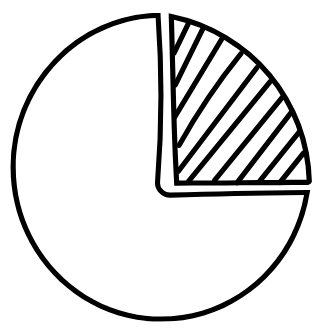
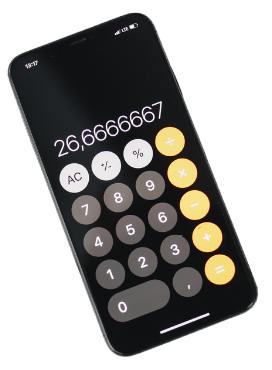
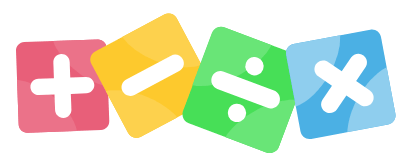

Give Your Child An Excellent Math Education From a Highly Qualified Expert